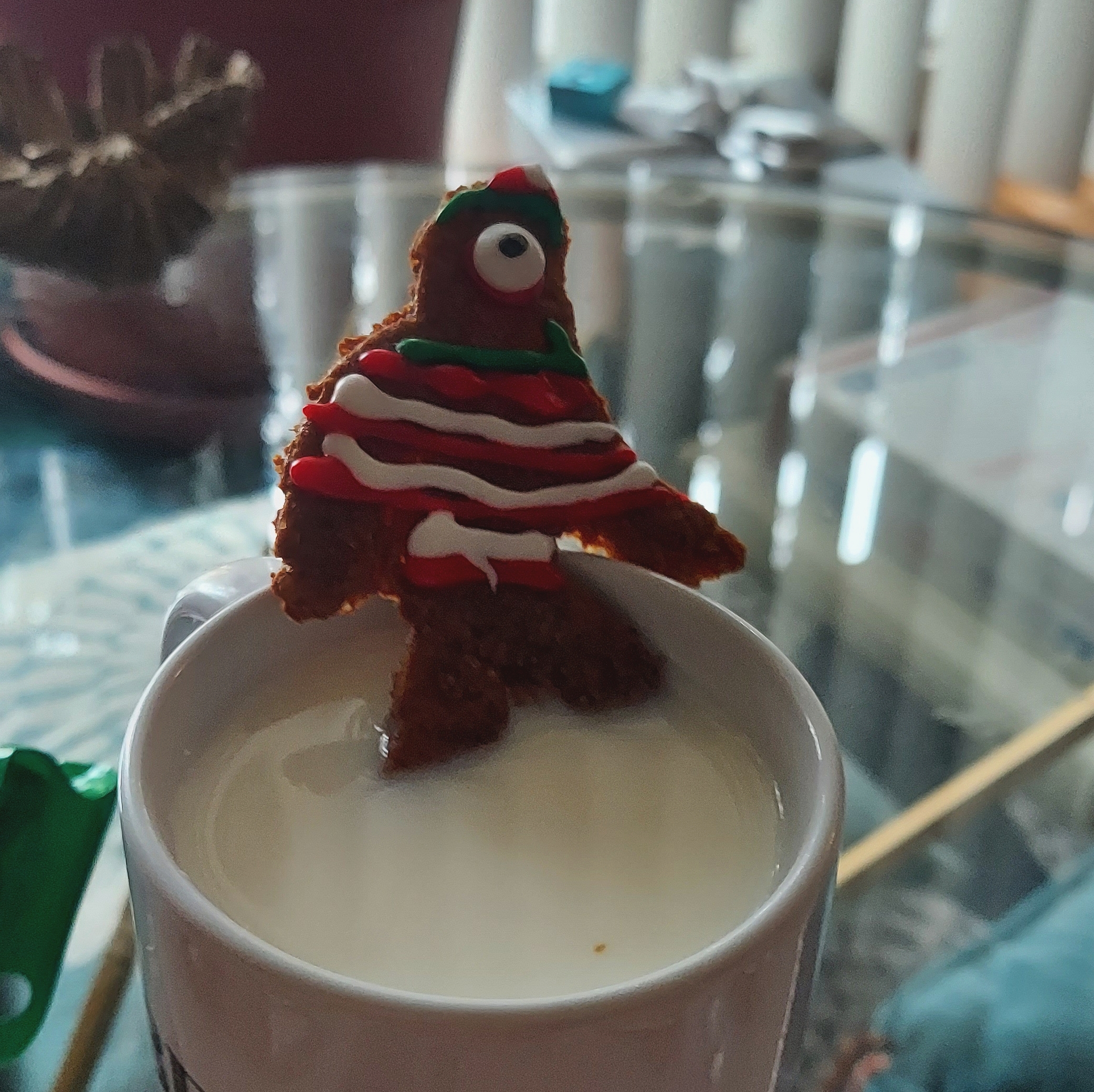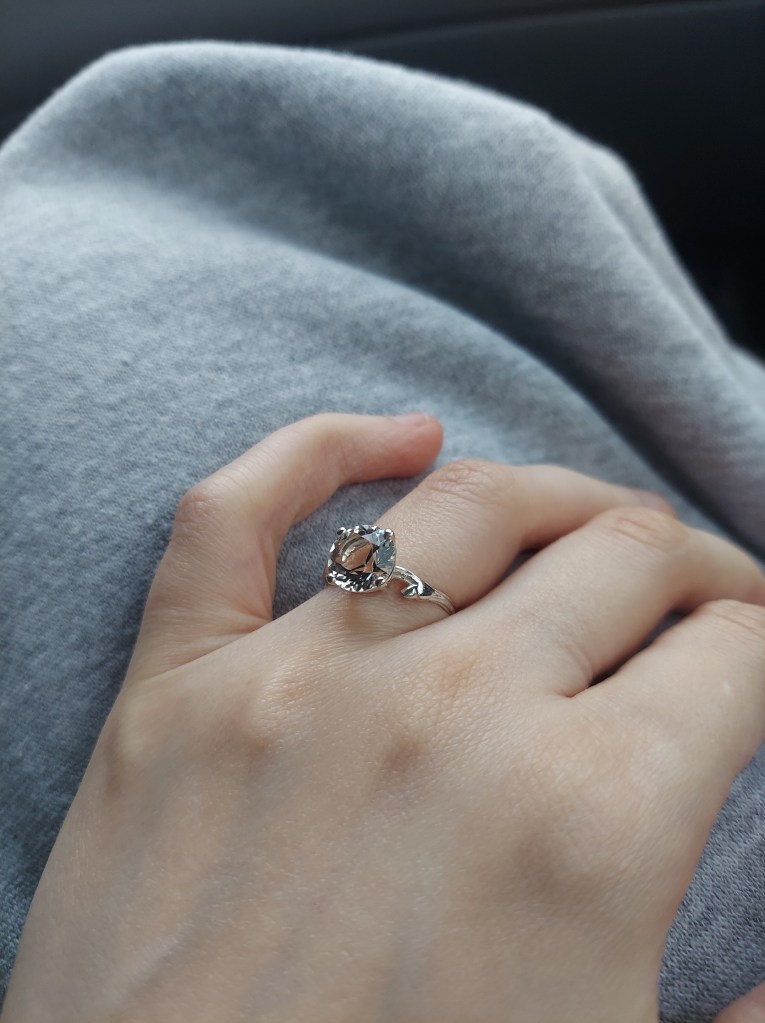Much has been made over the idea of being empathic. This is pretty similar to being empathetic, in that both are based on structures in the brain that fire in response to other people’s behavior. While empathetic people can essentially “feel” the emotions of others, in the sense that they feel happy when others express joy and sad when others grieve, this goes deeper for empathic people.
A lot of articles have been written on the pros of being an empath, and some go so far as to treat it like a kind of superpower. At times, it can get weirdly confusing — some quizzes conflate being empathic with being generally energetically sensitive, when they aren’t the same. I’ve been called an empath because I feel drained after big gatherings and get headaches from floor cleaner, but, even if those are traits that are common to empaths, they aren’t signs of being emotionally empathic.
Anyhow, all of this is to say that being an empath isn’t necessarily optimal. The world needs empaths, but it also needs people whose mirror neurons aren’t doing the equivalent of cutting the brake lines on an F1 car. And so, here’s a list of reasons why it kind of rocks to not be an emotional empath:
Your energy is yours.
Sure, everyone should know how to shield themselves from other people’s energy. For empaths, though, this process is a lot more involved. People whose mirror neurons are more selective don’t have to worry as much about whether the feelings they feel are theirs, or the detritus of someone they came in contact with.
You can provide another kind of emotional support.
Empaths are good at emotional support because they feel what other people feel. Depending on the situation, that’s not always desirable — sometimes, you need someone who has an easier time maintaining distance to provide stability. There are also plenty of emotional situations where it doesn’t actually help to be told, “I understand you.” Some people need a witness to their experience, not someone to be in it with them.
This is a time when sympathy and compassion are helpful, but empathy may become detrimental. Not just detrimental to the empath, either — an empathic response can actually block what the other person needs from you. In the words of Graham Johnston, “using the prefrontal cortex to mentalise […] might be more helpful than using the anterior cingulate cortex to empathise with them.”
You can still be empathetic without being empathic.
Empathy arises in a specific area of the brain. In some people, this is more active than others. There is no hard line between being an empath and being devoid of empathy. It’s a spectrum.
What’s more, even if you’re not able to feel empathy like others do, you can still have sympathy and exhibit compassion. As mentioned above, there are plenty of times when a compassionate response is more helpful than an empathetic one. Even if you can’t empathize with someone’s grief, you can sympathize with their misfortune and treat them with compassion.
Projection is more difficult.
The number of people who consider themselves empaths probably outnumbers the actual empaths in the world. Unfortunately, empathy is often treated like the one good thing it isn’t possible to have too much of, but this is a) not true, and b) something that tempts people to identify with a label that may not actually apply to them.
As a result, there are an awful lot of empaths who don’t so much feel what others feel, as they project their own feelings onto other people. What if you honestly think you’re feeling what someone else is, but your feelings are inaccurate? What happens if you misidentify the source of these emotions?
Even if you are empathic, and you do accurately feel another person’s emotions, these emotions aren’t paired with that person’s personal, mental, and cultural context. You can respond to them in a way that you feel would be helpful, but, even if you’re feeling their feelings, you will always be responding from within your own context. If someone is grieving, and you feel their grief, you might want a hug to help soothe that pain within you. If you project this desire onto the other person, it’s not helpful. In the end, the solution is still to act from a place of sympathy and compassion.
An empathic response can actually increase bias.
This is a bit complicated, but follow me here.
Say you wear a red shirt. All of your friends wear red shirts. Maybe you even go to conventions about red shirts. Red shirts are awesome.
There’s another group of people who wear blue shirts. Maybe you understand why they do this, maybe you don’t. That part doesn’t matter. The red shirted people are your in-group. The blue shirted people are an out-group. Your groups’ experiences differ. They don’t go to your red shirt conventions, and you don’t get invited to their blue shirt parties. Unfortunately, this can lead to bias against people who are in the out-group.
In a 2009 study, some researchers performed experiments to see how to mitigate the effects of in-group/out-group biases. One big thing that helped was contact with members of the out-group. Another was empathy toward the out-group. Both empathy and contact reduced prejudice and biases. Here’s the weird part, though: When put together, they negated each other. Empathy plus contact didn’t improve the situation.
The researchers explained this through the concept of a “meta-stereotype.” This term refers to how a person thinks they are perceived by a member of their out-group. When an in-group member anticipates having contact with an out-group member, this concern is activated. Empathy heightens it. When you’re that preoccupied with feeling what a member of the out-group thinks of you, it becomes much more difficult to have a productive, natural interaction with them.
Worst of all, these findings were backed up by another study by a different group of researchers for years later. In this one, researchers found that attempts to take an empathetic stance toward members of an out-group actually reinforced in-group identity and negative attitudes toward out-group members. Oof.
This doesn’t mean that empaths are more likely to be prejudiced against others, of course. It does mean that, when you’re that sensitive to the feelings of others, it creates a heightened sensitivity in yourself that actually makes it much harder to relate to people in a natural, helpful way. High levels of empathy don’t always lead to better interactions between different groups of people. It’s a double-edged sword.
You take longer to burn out.
Feeling all of the feelings is tough. That’s why there are so many resources out there for empaths to learn to shield themselves, ground themselves, cleanse their energy, and generally cope with the aftermath of being exposed to other people’s heavy duty emotions and energies all of the time. This can be extremely exhausting for them, and some may even get burned out.
Burn out is a (sadly) common hazard of caretaking. People who work in medical fields or veterinary medicine, or even just provide care to young children or elderly relatives, can just become mentally and emotionally exhausted. If you’re not in those fields, don’t have access to professional resources to help you prevent burn out, and are still faced with feeling other people’s emotions, it can be pretty grueling. This is especially true when you’re primarily exposed to other people’s negative experiences (grief, loss, et cetera).
People who are empathetic in an average sense, and not empathic, still suffer from burnout. It’s just not quite as rough when you aren’t literally feeling other people’s feelings on top of everything else.
You can still be sensitive.
Being an empath involves having a deeper-than-average response to another person’s exhibited emotions. That is, your mirror neurons go off like a string of firecrackers when someone else has an emotional response to something, triggering those feelings in you.
This doesn’t really have anything to do with other sensitivities, though. You can still be sensitive to foods, scents, energy, sounds, and all kinds of things that have nothing to do with other people or their emotions. Someone may be an emotional empath, but less perceptive to subtle energies. Others are just Highly Sensitive People. Childhood trauma can even make some people extremely sensitive to displays of sadness or anger in others. This isn’t because their mirror neurons trigger feelings sadness or anger in them — they’re sensitive because they have an anxiety response to displays of negative feelings. Their heightened perception is a survival mechanism.
Empaths are wonderful, caring people, but the internet is literally full of articles praising the virtues of the empathic. Being an empath isn’t automatically an enlightened state of being, however, and can be detrimental to oneself and others. There are numerous benefits to having an average capacity for empathy, and it doesn’t exclude you from being sensitive to things other than emotions. Remember, it takes all types. If everyone was an empath, or everyone had low empathy, we’d be screwed.
















